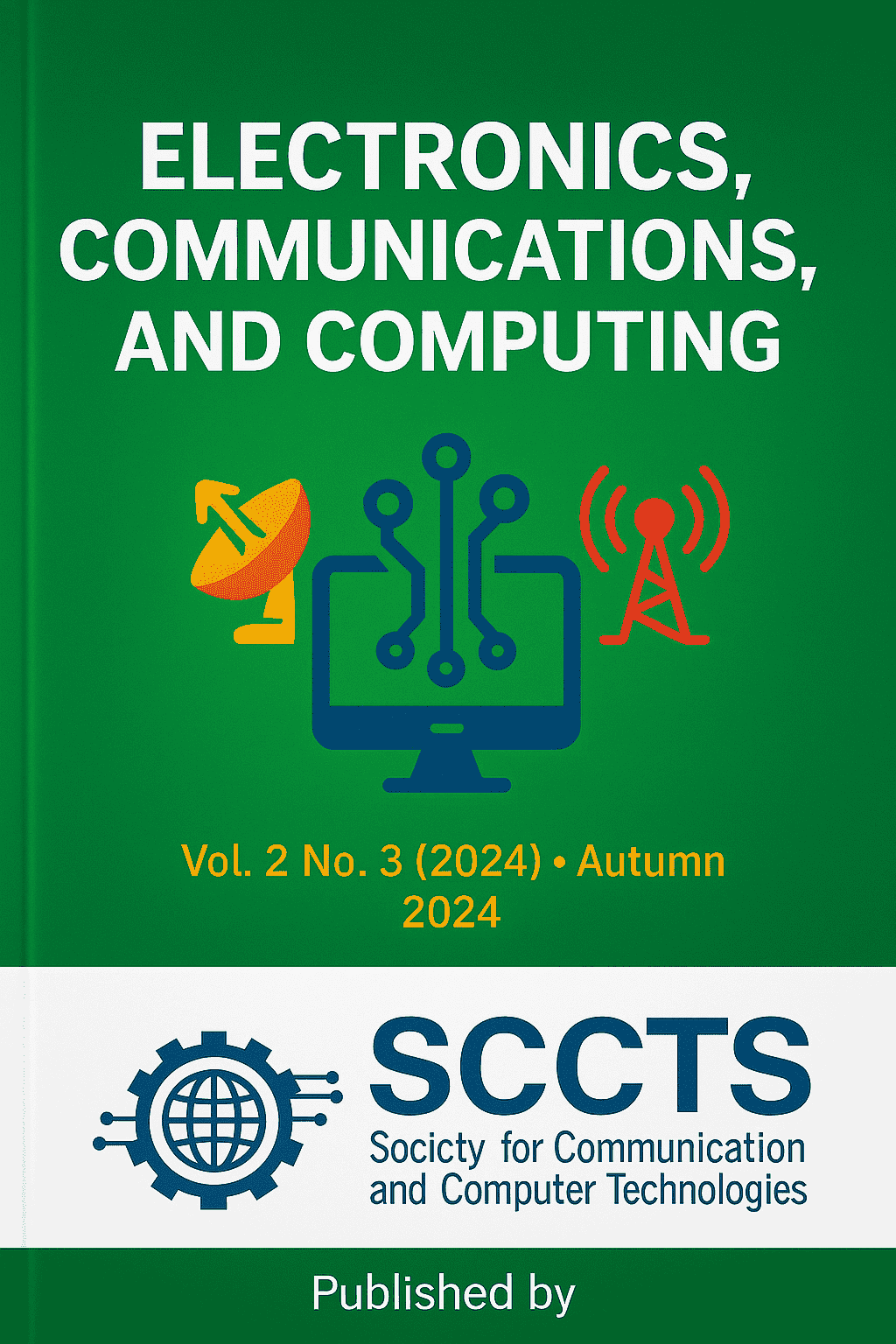Comparative Analysis of AI Models for Channel Estimation in mmWave Massive MIMO Systems for 6G
Keywords:
AI-based Channel Estimation, mmWave Communication, Massive MIMO, 6G Wireless Networks, Deep Neural Networks (DNN), Convolutional Neural Networks (CNN), Recurrent Neural Networks (RNN), Transformer Architecture, Normalized Mean Square Error (NMSE), Line-of-Sight (LOS), Non-Line-of-Sight (NLOS), Real-Time Estimation, Intelligent Wireless Systems.Abstract
The combination of both the millimeter-wave (mmWave) communication and massive multiple-input multiple-output (MIMO) technology is the benchmark of the next-generation 6G wireless networks, promising to realize unprecedented data rates, barrier-free low latency, and improved spectral efficiency. The mmWave massive MIMO channels, however, have a high-dimensional, sparse, and highly dynamic characteristics that makes their accurate and efficient acquisition beyond challenging. Some classical methods of model-based estimation like Least Squares (LS) and Minimum Mean Square Error (MMSE) frequently cannot satisfy the performance requirements of 6G because they are based on simplified assumptions and they require excessive pilot overhead. To react to this, the given study provides a comparative analysis of modern artificial intelligence (AI) modelsDeep Neural Networks (DNNs), Convolutional Neural Networks (CNNs), Recurrent Neural Networks (RNNs), and Transformer-based modelsused to learn a channel estimation in realistic systems of mmWave massive MIMO. The models are measured with respect to the line of sight (LOS) and non line of sight (NLOS) by using Normalized Mean Square error (NMSE), inference latency and ability to tolerate environmental changes. Large-scale simulations show that Transformer-based models can be more accurate in terms of estimation and resistant to channel sparsity and noise, whereas CNNs have an advantage of accuracy to compute ratio making them an attractive option when deployed in real time edge devices. The findings show that the channel estimation with AI, and especially with the employment of attention-based temporal models, has enormous potential of resolving the demerits of traditional methods in a 6G communication system. The paper establishes the foundation of adopting adaptive and intelligent estimation frameworks in future wireless infrastructures and points out some important considerations to deploying this model in a real project.



